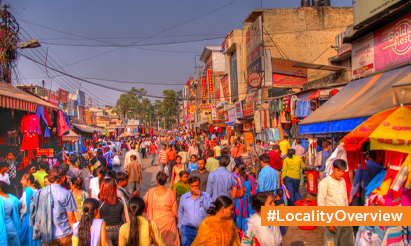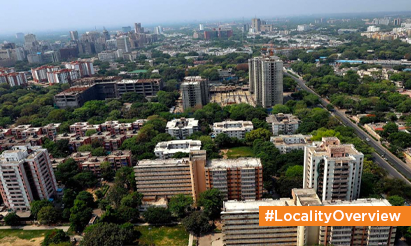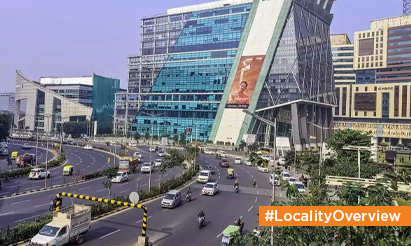What Are India’s Tier I, II, III, And IV Cities?
On the categorisation of cities, there are two schools of thinking. One classification is established on population and economic enterprise, while the other is based on urban, rural, and semi-urban landscapes. Here’s a closer look at India’s tier I and tier II city classifications:
What exactly are Tier I cities?
In accordance with the Reserve Bank of India (RBI), Tier-I cities have a population of one lakh or more as per the 2001 census. These are cities having established enterprises, as well as well-developed real estate markets and municipal and social facilities. They have the most expensive real estate markets in the country.
What exactly are Tier II cities?
Tier-II cities have a rapidly increasing or growing real estate market. They are cities whose infrastructure and investment are continuously expanding but have not yet reached peak levels. With persistent growth, real estate values in these markets often climb. They are less expensive than Tier I cities. Tier-II cities, according to the RBI, have a population of 50,000-99,999 people.
What exactly are Tier III cities?
Tier-III cities have populations ranging from 20,000 to 49,999 persons, according to the RBI categorization. They are also cities with non-existent or underdeveloped real estate markets and companies, as well as other infrastructure. For potential development, they will require greater investments and infrastructure.
What exactly are Tier IV cities?
Tier-IV cities have populations ranging from 10,000 to 19,999 individuals. They are cities or small villages that need massive development and funding. They also have little commercial and real estate activity.
Disclaimer: The views expressed above are for informational purposes only based on industry reports and related news stories. PropertyPistol does not guarantee the accuracy, completeness, or reliability of the information and shall not be held responsible for any action taken based on the published information.




